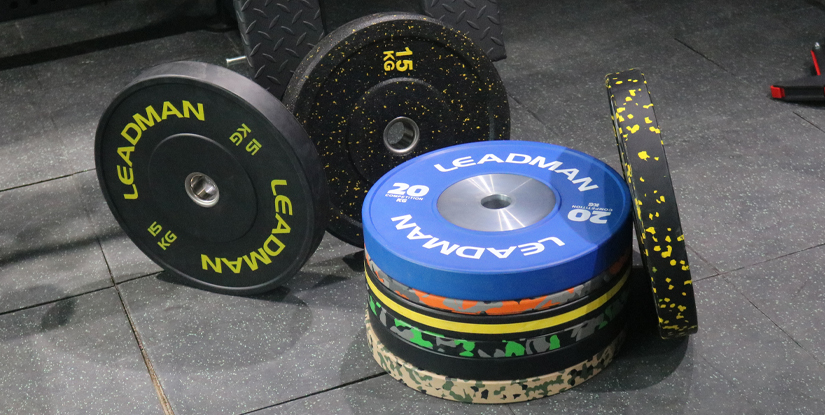Sitting Lat Pulldown Guide: Technique, Variations & Programming

Introduction
The sitting lat pulldown is a foundational strength-training exercise designed to develop the latissimus dorsi, upper back, and associated pulling musculature. Performed on a cable machine with a long bar or handle, it offers controlled resistance and variable loading that suits beginners through advanced trainees. This article presents technique, programming guidance, variations, common errors, equipment considerations, and safety tips to optimize results and minimize injury risk.
Muscles Targeted and Benefits
The primary target is the latissimus dorsi; secondary muscles include the teres major, posterior deltoid, rhomboids, trapezius (middle and lower fibers), biceps, and forearms. Key benefits:
- Improves upper-body pulling strength and posture.
- Enhances shoulder stability and scapular control.
- Offers scalable resistance for hypertrophy, strength, and endurance goals.
- Provides a vertical pulling alternative for those unable to do weighted pull-ups.
Proper Technique
Performing the sitting lat pulldown with consistent form ensures maximum muscle recruitment and safety. Follow these steps:
- Adjust the thigh pads so your legs are secure and your torso is stable.
- Select a grip width appropriate to your goal: wide for lat emphasis, shoulder-width for balanced recruitment, underhand (supinated) to increase biceps involvement.
- Sit tall with a neutral spine, chest slightly lifted, and shoulders down and back.
- Initiate the movement by retracting the scapula and pulling the bar down to the upper chest (just below the clavicle). Avoid pulling the bar behind the neck.
- Control the eccentric return until your arms are nearly extended but elbows remain slightly bent to maintain tension.
- Breathe: exhale during the pull, inhale during the return.
Programming Guidelines
Volume, intensity, and frequency depend on training goals:
- Hypertrophy: 3–4 sets of 8–12 reps at 65–80% 1RM, 60–90 seconds rest.
- Strength: 3–5 sets of 4–6 reps at 85%+ 1RM, 2–3 minutes rest; consider lower-rep accessory work.
- Endurance: 2–4 sets of 12–20 reps at lighter loads, 30–60 seconds rest.
- Frequency: 1–3 sessions per week depending on overall program split and recovery.
Effective Variations
- Close-grip pulldown: Emphasizes lower lats and biceps involvement.
- Neutral-grip (V-bar) pulldown: Gentle on shoulders, good for balanced back development.
- Single-arm lat pulldown: Addresses unilateral imbalances and increases range of motion control.
- Behind-the-neck (not recommended): Historically used but increases shoulder impingement risk—prefer front pulldowns.
- Tempo variations: Slow eccentrics (3–4s) for hypertrophy, explosive concentric for power development.
Common Mistakes and Corrections
- Using momentum: Avoid excessive trunk lean; reduce weight to preserve strict form.
- Pulling behind the neck: Increases impingement risk—always pull to the chest.
- Incomplete range of motion: Ensure full scapular retraction and controlled elongation on the eccentric phase.
- Elbow flare: Keep elbows moving in a plane that maximizes lat tension; cue elbows down and back.
- Grip too tight: A death grip can overly tax forearms—use wrist and grip adjustments or straps if necessary.
Equipment and Setup
Most commercial gyms provide a lat pulldown machine with adjustable thigh pads and cable attachments. Key considerations:
- Seat height: Set so your feet are flat and thighs secured.
- Bar selection: Wide bar for lats, V-bar for neutral grips, straight bar or rope for variations.
- Cable smoothness: Ensure cables move without jerking; inspect pulleys and attachments regularly.
- Maintenance: Wipe handles, check bolts, and report worn cables to facility staff to reduce risk.
Integrating into a Training Plan
Combine lat pulldowns with horizontal pulls (rows) and scapular stabilizers for balanced development. Example weekly integration:
- Back day A: Weighted pull-ups, wide-grip lat pulldowns 4x8–10, single-arm rows.
- Back day B: Barbell rows, close-grip pulldowns 3x10–12, face pulls for rear delts.
- Accessory: Biceps curls, thoracic mobility drills, and core stability work.
Safety and Progression
Prioritize joint-friendly progression. Increase weight gradually, monitor shoulder discomfort, and consider mobility work for thoracic extension and scapular upward rotation. If pain persists, consult a qualified medical professional or certified trainer.
Frequently Asked Questions
- Q: Is lat pulldown better than pull-ups?
A: Both are valuable; pulldowns offer controlled loading and are accessible for progression toward pull-ups. - Q: How often should I do lat pulldowns?
A: 1–3 times weekly depending on recovery and training volume. - Q: Can lat pulldowns build a wider back?
A: Yes—wide grips and full range of motion emphasize lateral development. - Q: Should I use straps?
A: Use straps if grip limits set completion; avoid overreliance to develop forearm strength. - Q: Are behind-the-neck pulldowns safe?
A: Generally not recommended due to shoulder impingement risk; prefer front pulldowns. - Q: How many reps for muscle growth?
A: 8–12 reps per set is standard for hypertrophy with controlled tempo. - Q: Should I lean back during the pull?
A: Slight lean is acceptable for heavier loads but avoid excessive momentum and preserve spinal neutrality. - Q: Can I do lat pulldowns with one arm?
A: Yes—single-arm variations correct imbalances and increase stabilizer engagement. - Q: What to do if I feel shoulder pain?
A: Stop, reduce range/weight, reassess technique, and seek professional advice if pain continues.

